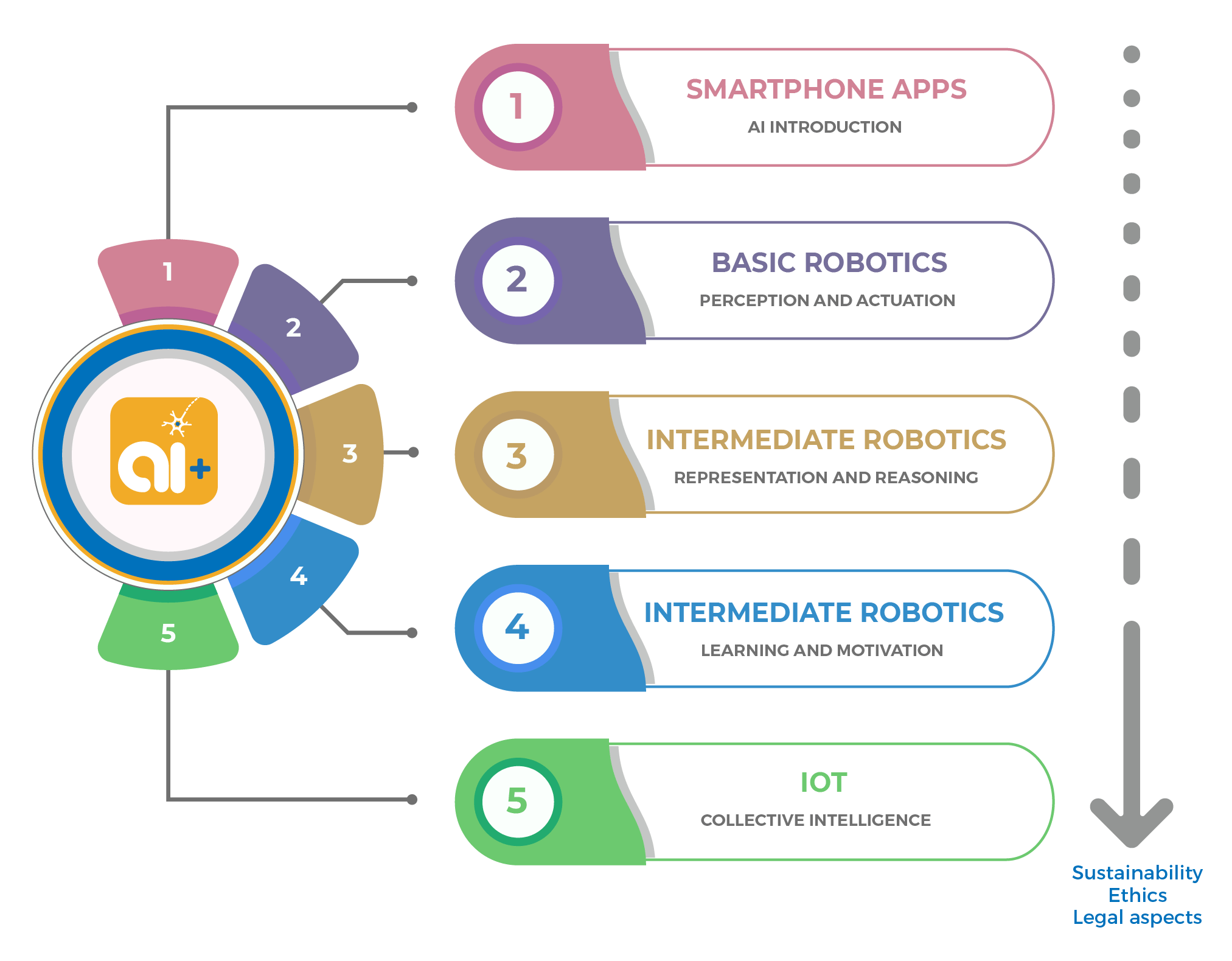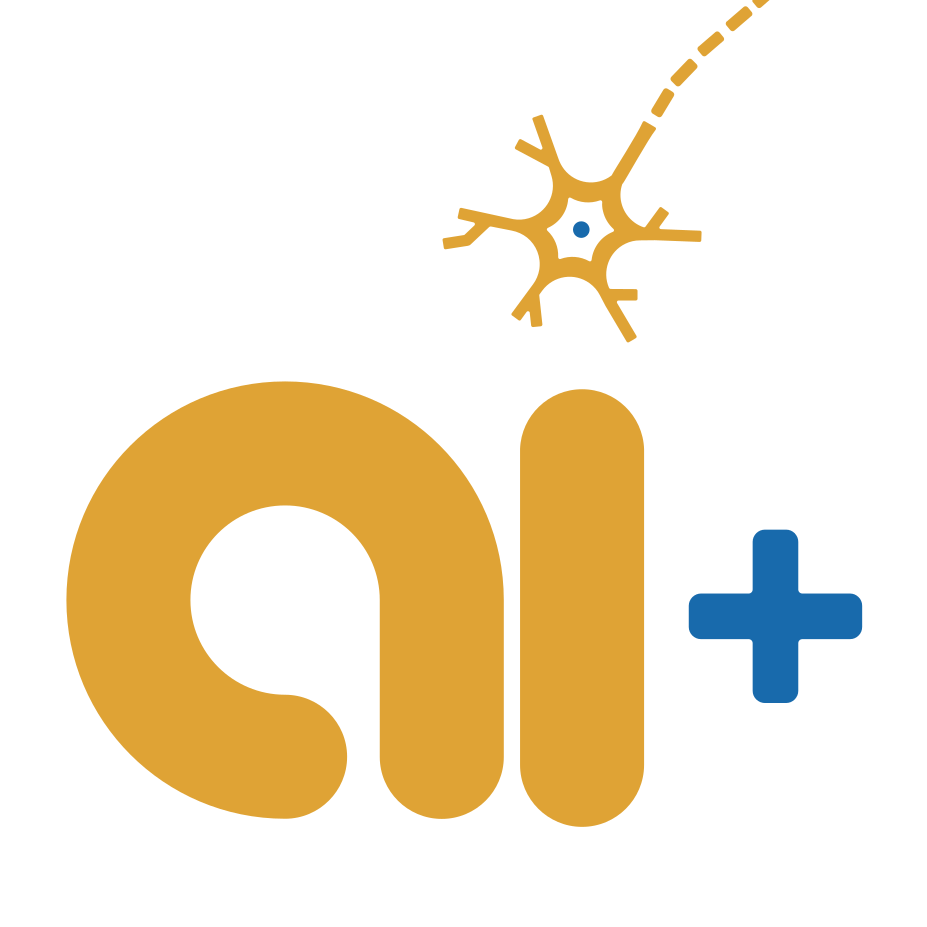AI Curriculum Methodology
Our Artificial Intelligence (AI) curriculum will be developed for students from 14 to 18 years of age, with some previous basic knowledge of technology, mathematics and programming. It will cover a two-year period prior to their incorporation to tertiary education. This curriculum is focused on technology or science students (not arts or humanities), mainly because it requires a mathematical background to be properly followed. But, at the same time, it must be useful in a general science scope, that is, it will be applied to students which can specialize on basic sciences, engineering or health.
The main objective is to provide initial training in AI so students acquire basic knowledge about how AI systems operate. To achieve it, the curriculum has been organized into teaching units (TU), each of them presenting a real-world problem that must be solved by the students in a project-based learning approach. The teaching approach followed here is that of learning by doing, so students will acquire the knowledge by solving the activities associated to each TU in a pro-active fashion.
The AI teaching approach that will be followed here is focused on embedded intelligence, that is, programming real-world devices that interact with real environments. This requires relying on some specific hardware elements in order to implement the teaching material. To this end, in order to follow the most general approach possible, we have established as a key premise in the project using the student’s mobile phone (Smartphone) as the central technological element for all educational material to be developed.
The AI curriculum has been structured into 5 levels of incremental complexity, which correspond to 3 application fields in AI, smartphone apps, robotics and Internet of Things (IoT). Although many other application domains could have been selected, these are very representative of current AI domain, and all of them can be developed using a Smartphone:





